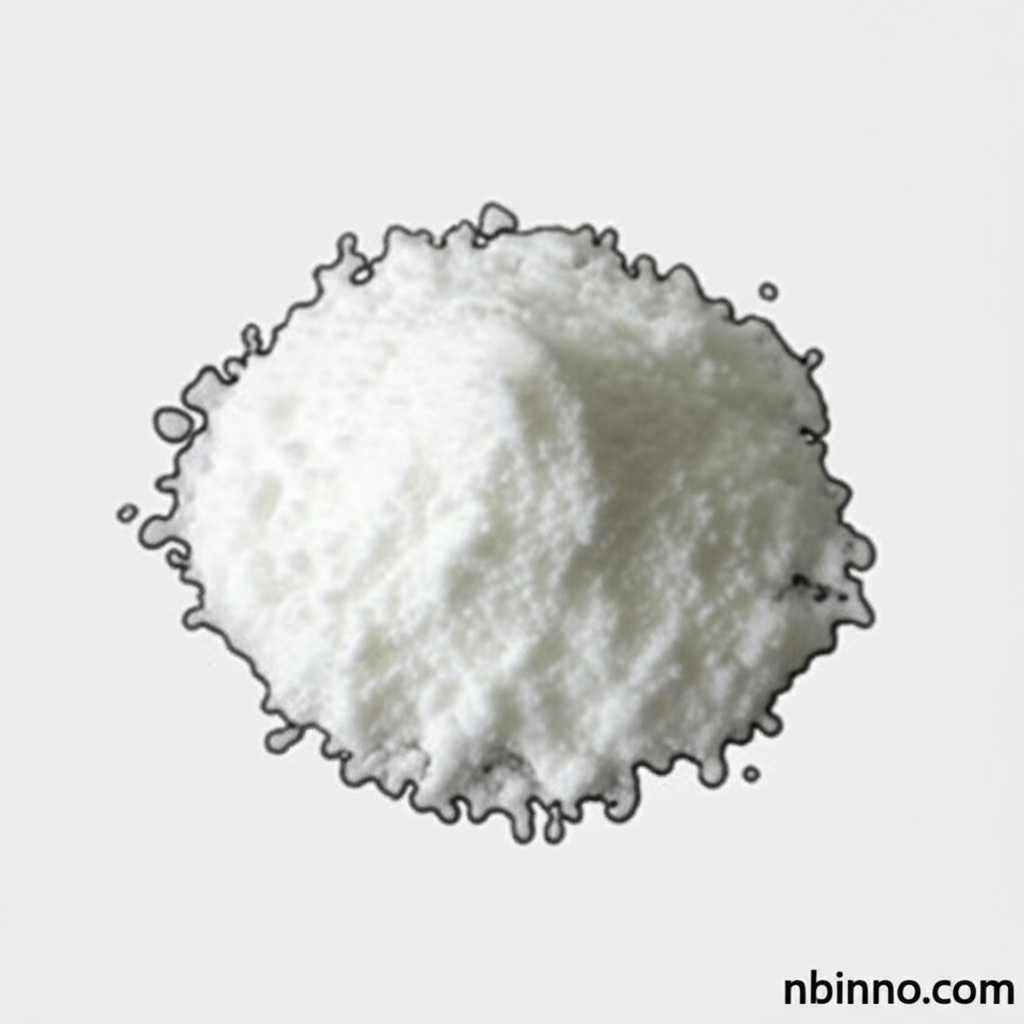Methyl 2,3,4-tri-O-acetyl-D-glucopyranuronate: Properties, Applications, and Synthesis Insights
Discover the key characteristics and applications of this vital fine chemical intermediate.
Get a Quote & SampleProduct Core Value

Methyl 2,3,4-tri-O-acetyl-D-glucopyranuronate
Methyl 2,3,4-tri-O-acetyl-D-glucopyranuronate, identified by CAS number 3082-95-9, is a crucial compound in the realm of fine chemical synthesis. Its precise molecular structure and physical properties make it a valuable building block for complex organic molecules, particularly within pharmaceutical research and development.
- Explore the synthesis of Methyl 2,3,4-tri-O-acetyl-D-glucopyranuronate to understand its role in complex organic synthesis.
- Inquire about the Methyl 2,3,4-tri-O-acetyl-D-glucopyranuronate price to plan your research and development budget effectively.
- Investigate CAS 3082-95-9 applications in advanced chemical processes and discover its potential in your projects.
- Leverage this compound as one of the key fine chemical intermediates for pharma, streamlining your drug discovery efforts.
Key Advantages
Versatile Organic Synthesis Building Block
As a key component in organic synthesis, this compound facilitates the creation of intricate molecular structures, proving itself as an indispensable tool for chemists.
Crucial Pharmaceutical Intermediate
Its role as a fine chemical intermediate for pharma enables researchers to develop novel therapeutics, contributing significantly to advancements in medicine.
Reliable Source for Research
With consistent availability and quality, it serves as a reliable resource for academic and industrial research, supporting reproducible scientific outcomes.
Key Applications
Organic Synthesis
This compound is extensively utilized in various organic synthesis pathways, allowing for the construction of complex molecular architectures.
Pharmaceutical Research
Its structure and reactivity make it a valuable intermediate in the synthesis of pharmaceutical compounds and drug candidates.
Chemical Research & Development
Researchers in chemistry leverage this material for exploring new reaction mechanisms and developing novel chemical entities.
Biochemical Studies
As a derivative of glucuronic acid, it can be employed in biochemical studies related to carbohydrate metabolism and related pathways.
